By Chris Edwards
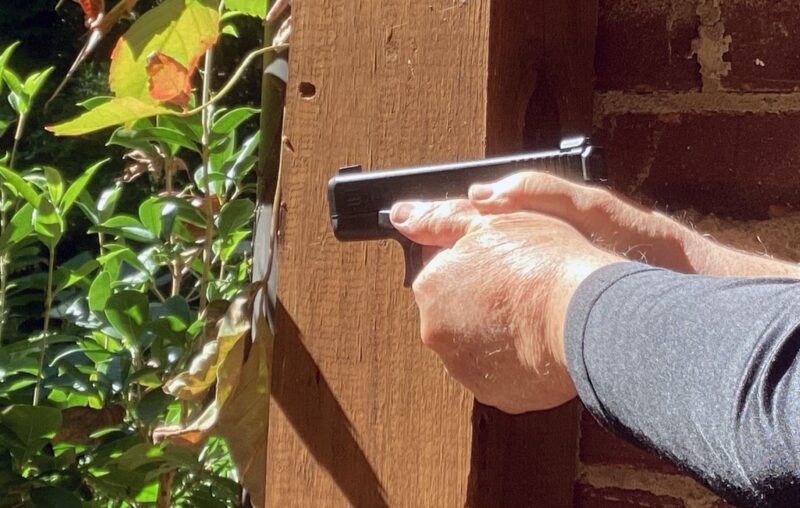
About 30 years ago, GLOCK pistols were becoming more and more popular. At the same time, more states were beginning to pass concealed-carry laws, and both citizens and Law Enforcement personnel were looking for a small, efficient, and reliable semi-automatic pistol.
Gaston Glock saw the opportunity and, with his engineers, designed a subcompact pistol that could be chambered in multiple calibers. The GLOCK 26 was the result.
The G26 has evolved through several generations, each having a bit more refinement than the last. However, this operator has been fortunate enough to work with all the G26 variations and has found none to be inferior.
“Baby GLOCK” Measurements
The current specifications for the GLOCK Gen5 G26 come in at 26 ounces loaded, 6.42 inches in length and 4.17 inches in height. This is how it earned the nickname “Baby GLOCK.”
Those specifications were unique at the time. And they are still relevant some 30 years later. A snubnosed revolver has just about the same outside outline but holds only five rounds. The G26 has a 10-round capacity and can take larger GLOCK magazines.
The standard G26 magazine allowed it to be sold in states with magazine restrictions. At the same time, law enforcement officers carrying larger GLOCK pistols, such as the G17, now had a “backup” pistol that functioned the same way as their primary.
The GLOCK 26 quickly found its way into ankle and under-the-shirt vest holsters. Plainclothes personnel appreciated the ease of concealment the G26 provided, as well as its performance at practical distances.
GLOCK 26: Excellent Real- World Performance
How well did the GLOCK G26 shoot? For a number of years, the G26 held the record at a U.S. federal law enforcement agency when, from a rest and shooting premium defensive ammunition, the little pistol shot around 5-inch groups at 50 yards.
That is in a testing environment. This operator can honestly state that hits can be made on a silhouette at 15 to 25 yards in real-world time frames with a G26. For example, the Georgia Backup Weapon Qualification Course has a 15-yard string of fire. Given a trained and practiced operator, this string is easily passed with a G26 of any vintage.
GLOCK 26 Generations: Small Improvements Over Time
The original GLOCK G26 had finger grooves on the front strap of the frame and checkering was added later in the grooves. The fourth generation G26 added two different-sized backstraps for more versatile hand fitting. It also came with a reversible mag catch. The GEN5 G26 has these qualities carried over, with other improvements. These include an ambidextrous slide stop lever, GLOCK Marksman barrel and an improved trigger action due to changes in the trigger group.
All can be fitted with different kinds of sights, including tritium night sights. Having shot all the generations, this operator cannot tell much practical difference between them.
The latest G26 variant, the G26MOS, is capable of accepting electro-optic sights (red-dot sights). These sights can assist some shooters, and bring out the accuracy in a pistol. This is especially true at longer ranges of 15 yards and beyond. The dot sights do, however, add bulk, which limits carry options.
GLOCK 26: Versatile Carry
As pistols go, the GLOCK G26 lends itself to a number of carry options. The first is the traditional waist- level carry position. Here, the G26 will need a holster mated with a stiff supportive belt.
Holsters can either be outside the belt (OWB) or inside the belt (IWB). There are many reputable holster makers/manufacturers offering Kydex (a rigid thermoplastic) and leather. Whatever the construction material, the holster really needs a stiff open top (for reholstering), a covered trigger (for safety), to fit the G26 snugly, and to attach to the belt solidly.
It would seem the next most popular option is the ankle holster. This is a compromise for deep concealment. It doesn’t lend to the fastest draw, but is useful in some situations, such as vehicles for example.
One other option is off-body carry. Here, the G26 can be in a specifically designed waist pack, purse or pouch, with a holster secured in the bag. Whatever system is utilized, the operator must practice with the holster and G26 for efficient presentation.
GLOCK 26 Gen 5: Performance Reports
To see what can be expected of the GLOCK 26 out in the real world, I shot a GEN5 G26. It had some minor additions, such as night sights, but is not customized. All internal parts were stock.
I started off with the Hayes 5×5 evaluation. The shooter has a B8(bullseye) target at 5 yards. The start position is Low Ready, finger off trigger and muzzle below target. On the start signal, five shots are fired within 5 seconds. All shots must be “in the black” of the target to pass.
This test indicates quickly and simply how well the pistol can be shot accurately with a time limit. I passed with a run of 3.99 seconds.
I then set up the McGee Paradigm evaluation. Frank McGee was a Lieutenant with the NYPD who observed that a large number of police defensive shootings happened at around 9 to 10 feet. He reported from his experience, three rounds were shot in 3 seconds at an adversary hopefully getting three hits. I elected to shoot from a concealed IWB holster and passed. This drill showed the G26 can be handled almost as well as a full-size pistol.
Finally, I shot the Bakersfield (CA) Qual from an unconcealed holster. Shots were from 3 to 20 yards, timed. My score was in the 90th percentile range, solid performance from the little G26.
The GLOCK 26 makes an excellent concealed-carry pistol, as a primary or backup. It contains accuracy, reliability and the ability to use larger magazines.

GLOCK 26 Gen 5 Specs
- Caliber: 9mm
- Action: Semi-Auto Safe-Action
- Frame: Polymer Black
- Finish: nDLC
- Barrel: 3.43”, GLOCK Marksman
- Sights: Front Dot, Rear Goal Post
- Length: 6.5”
- Width: 1.26”
- Weight: 21.52 oz. Unloaded
- Magazines: 10-Round
- MSRP: $749

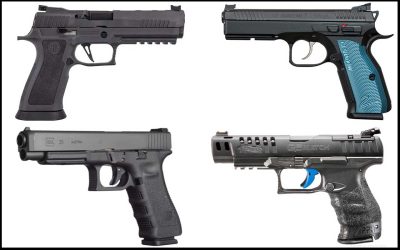

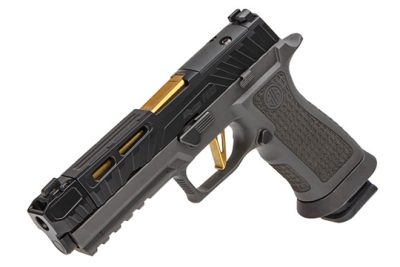


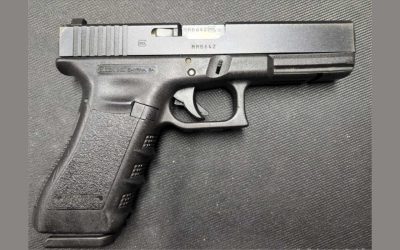
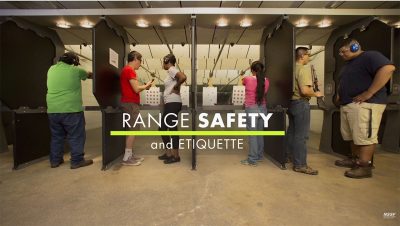
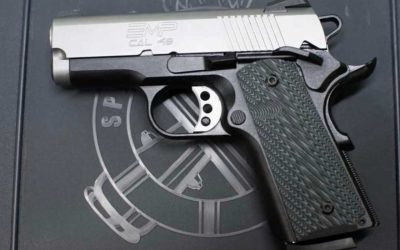
![Smith & Wesson Equalizer™ 9mm Pistol [Video]](https://content.gunbroker.com/wp-content/uploads/2023/01/smith_wesson_equalizer-1_WR-400x250.jpg)
![Springfield Armory Saint Victor 9mm Carbine [Video]](https://content.gunbroker.com/wp-content/uploads/2023/05/Springfield-saint-Victor_9mm-featured-400x267.jpg)
